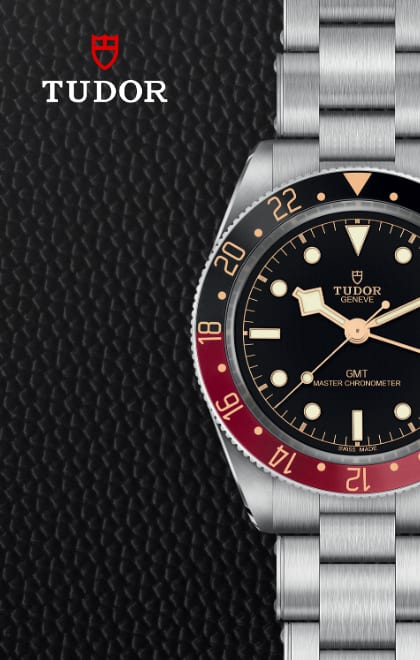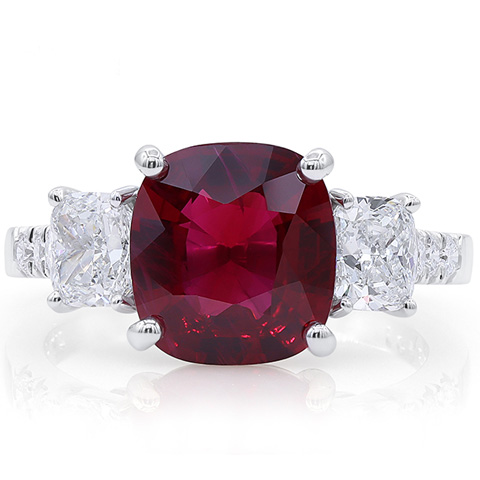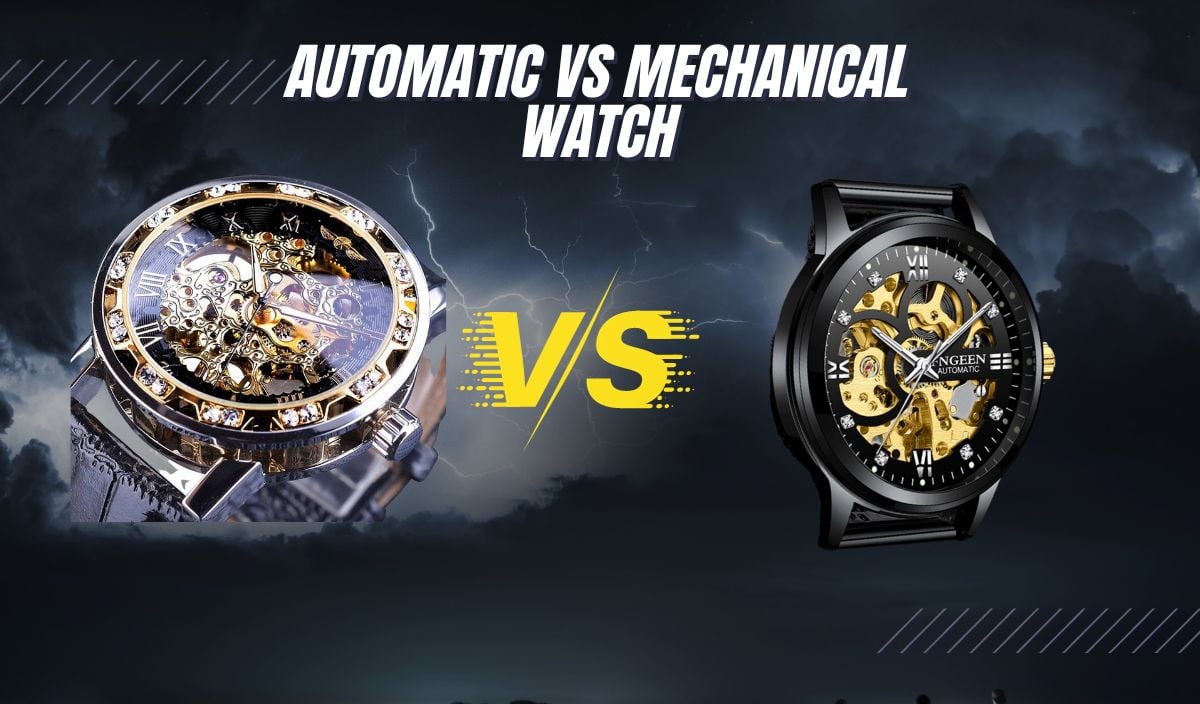
Automatic vs Mechanical Watch: Which One Is BEST For You?
In the annals of timekeeping history, two titans have shaped the way we measure moments – the mechanical watch and its modern counterpart, the automatic timepiece. The decision between an automatic and mechanical watch goes beyond the utilitarian quest for accuracy to the very essence of style, engineering, and personal connection.
Imagine standing at a crossroads where tradition intersects with modernity, and the artistry of yesteryears meets the ingenuity of today. Finding the companion that will grace your wrist and mark your moments is no easy task, which is where this article comes in.
Join us as we delve into the mechanics that make these watches tick, uncover the nuances of their craftsmanship, and help you find the timepiece that resonates with the very essence of who you are.
About Automatic Watches
The concept of self-winding watches began to take shape in the 18th century. Abraham-Louis Perrelet, a Swiss watchmaker, is often credited with creating one of the earliest self-winding mechanisms around 1770.
His invention utilized a rotor (sometimes called the oscillating weight) that moved with the wearer’s motion, winding the watch’s mainspring. After him, Abraham-Louis Breguet enhanced the design and manufactured several automatic watches from 1779 to 1810.
The technology drifted in the aether for over 100 years until John Harwood, often considered the pioneer of the modern automatic watch, patented a self-winding wristwatch in 1923. The timepiece featured a rotor system and a winding mechanism built into the watch’s case.
With this, a renewed interest in traditional craftsmanship arose, and Swiss watchmakers began to refine and commercialize automatic watch technology. Brands like Rolex and Eterna introduced their self-winding mechanisms, which were very efficient and reliable.
The popularity of automatic watches grew during this period, with many watch manufacturers offering a variety of designs and features. The concept is pretty straightforward. The rotor, a semi-circular weight, rotates with the motion of the wearer’s wrist. As it moves, it winds the mainspring (this is just a coiled spring).
This mainspring sort of stores potential energy as it is wound tighter. Then, it unwinds and releases this energy, which is used to power the movement of the watch’s hands and any other complications.
If an automatic watch is worn regularly, the energy generated by the rotor’s movement will keep it running. However, if it is not worn for an extended period, it may stop due to the mainspring running out of energy. In such cases, the watch can be manually wound or set in motion again to start functioning.
About Mechanical Watches
We know that ancient people did not have access to batteries, so they all relied on mechanical methods to power their timekeeping devices.
One common method used in ancient and medieval times was the use of weights. Yes, you read that correctly. A heavy weight was suspended from a rope or chain, and as the weight descended due to gravity, it turned gears and moved the hands of the clock or watch.
There were also spring-driven clocks that used coiled springs. When wound, they store potential energy. As the spring unwound, it released this energy to power the gears that regulated the timekeeping mechanism. These methods were prevalent in the late 13th century.
By the 16th century, advances in technology allowed for the creation of smaller, portable timekeeping devices. Peter Henlein, a locksmith in Nürnberg, Germany, is believed to have created the first portable mechanical watch. However, these early models were quite inaccurate and required frequent winding.
With the invention of the pendulum by Christiaan Huygens in 1656 and the balance wheel by Robert Hooke two years after that, more accurate and refined mechanical timepieces came on board. A mechanical watch is a symphony of intricate craftsmanship.
At its heart, a tightly wound mainspring holds potential energy waiting to be released. As the mainspring unwinds, this energy is transferred through a series of precisely engineered gears, each tooth meshing in perfect harmony.
The mesmerizing ballet of components powers the escapement mechanism, consisting of a pallet fork and an escape wheel, which controls the rotation of the watch hands.
If you’re at all confused, think of a mechanical watch like the Ford Model T (only in terms of mechanics, please), which requires the driver to manually crank the engine to start it. Just as you need to turn the key, shift gears, and manage the throttle in a manual car, a mechanical watch needs to be wound by hand to generate power for its movement.
Then, picture an automatic watch, a Tesla Model S, which can charge its battery using regenerative braking and other technologies that harness energy during driving. It still has the intricate mechanics under the hood but is designed to be more convenient.
Automatic vs Mechanical Watches: Which One Should You Choose?
Now that I’m sure you’ve understood the intricacies behind automatic and mechanical watches, which horological wonder should you choose?
This guide highlights key aspects to consider, helping you navigate the intricate world of horology and make an informed decision.
Winding
The winding of a watch is all about providing the energy needed to make it work. Sort of like giving your timepiece a boost of power so that it can continue doing its job of telling time.
To wind a watch, the crown (the small knob on the side of the watch) is turned, which tightens the mainspring. As the mainspring unwinds, it powers the watch’s movement.
Mechanical watches require the manual winding process I’ve just described. They rely on a complex system of gears and springs to keep time, and winding them periodically is the only way to keep them running accurately.
Automatic watches, however, do not require manual winding in the same way. They come with a built-in mechanism that winds them, thanks to the movement of your wrist. However, if you don’t wear an automatic watch regularly, it will stop running and require manual winding or shaking to start again.
That being said if you appreciate a more hands-on approach and enjoy the ritual of interacting with your watch, a mechanical watch might be for you.
My father had a treasured watch with a small crown, which he gently turned each day. He described the mechanism within as the heartbeat of a bygone era. For him, winding his timepiece was a ritual that bridged generations and connected him to a time when time itself was wound by hand.
On the other hand, if you prefer a watch that requires less maintenance and attention, an automatic watch might be a better fit. It keeps itself wound as long as you wear it regularly, making it convenient for those who don’t want to worry about daily winding.
Power Reserve
Power Reserve indicates how long your watch will continue to keep time and operate after it has been fully wound. We’ve already seen that both automatic and mechanical watches go through a winding process to maintain their accuracy and functionality, though not in the same way.
If we place both watches side by side, mechanical watches with manual-winding movements tend to have a longer power reserve compared to automatic watches. Generally speaking, a mechanical watch can store energy for an extended period, ranging from 38 to 72 hours or more.
On the other hand, automatic watches usually have a slightly shorter power reserve compared to manual-winding timepieces, typically ranging from around 24 to 48 hours.
Advancements in watchmaking technology have led to variations and improvements in both movements, so this isn’t a hard and fast rule.
Complexity
It’s not very easy to state which watch is more complex since complexity refers to the intricate and sophisticated features, functions, and mechanisms incorporated into a watch’s design and movement.
Again, the more complications a watch has, the more complex it tends to be. These can include features like calendars, chronographs, moon phase displays, tourbillons (a rotating escapement), alarms, and more.
Both mechanical and automatic watches are complex in their ways due to the manufacturer’s design choices and features.
Some people may view automatic watches as more complex since they incorporate additional components like the rotor and a winding mechanism to convert the wearer’s wrist movement into winding energy.
While this added mechanism increases the number of components and interactions within the movement, I don’t think it makes it more complex.
Intricate finishing techniques, such as hand engraving, guilloché, and gem-setting, also add to the complexity of a watch. Overall, the complexity of both types of watches varies widely based on the manufacturer, the number of complications, the level of finishing, and the overall design philosophy.
I believe you would find more complex watches under the mechanical timepieces category since they encompass a wider range of timepieces.
Servicing
Watch servicing refers to the process of maintaining, cleaning, and repairing a watch to ensure its proper functioning, accuracy, and longevity. Generally, the process includes disassembly, cleaning of individual components to remove dust, dirt, and old lubricants, careful inspection of each component, and repair/replacement.
It’s not very accurate to say that one type of watch needs more servicing than the other universally, but mechanical watches need more attention and careful handling from the wearer. For one, regular winding is essential to keep the mainspring under tension.
If the watch is not wound regularly or if it’s wound too tightly, it can lead to decreased accuracy or even damage to the movement. Since mechanical watches are more susceptible to issues like overwinding, underwinding, or irregular winding, they need regular servicing, generally every 3-5 years.
While it’s true that automatic watches require consistent wear to keep the self-winding mechanism active, they are more forgiving in terms of maintenance intervals.
Because they have a self-winding mechanism that helps keep the mainspring wound as long as the watch is worn, the manual winding is eliminated, potentially extending the time between servicing. Depending on the brand and usage, automatic watches need servicing every 5-10 years.
Availability
Both mechanical and automatic watches are widely accessible. Mechanical watches dominate the luxury watch market due to their craftsmanship and traditional watchmaking techniques. They are available in a variety of styles, from dress watches to sports watches.
You can find both types from a variety of brands, ranging from high-end luxury manufacturers to more affordable options.
Other Notable Watch Movements
In addition to mechanical and automatic watch movements, other notable types of watch movements offer unique features and characteristics. They include:
1. Quartz Movement
Quartz watches are powered by a battery-operated quartz crystal oscillator that generates precise vibrations. These vibrations are used to regulate the movement of the watch hands. Quartz movements are known for their accuracy and affordability and require minimal maintenance.
They are commonly found in everyday watches and are often used in digital and analog-digital watches as well.
2. Solar-Powered Movement
Solar watches have a quartz movement that is powered by a solar cell that converts light into energy. The energy is stored in a rechargeable battery, allowing the watch to operate without the need for frequent battery changes.
3. Spring Drive Movement
Released in 1999 by Grand Seiko, the Spring Drive movement combines elements of both mechanical and quartz technologies for a smooth timekeeping experience.
It uses a mainspring to store energy, just like traditional mechanical movements, but employs an electronic regulator (not an escapement) to regulate the release of energy. This regulator is powered by a quartz crystal.
The Spring Drive movement is known for its remarkable accuracy. It typically boasts accuracy levels of around ±1 second per day, which is on par with many high-precision mechanical movements.
Notable Automatic Watches
From affordable to luxury, here are some of the finest examples of automatic watches in the market today.
Seiko 5 Sports SRPE55
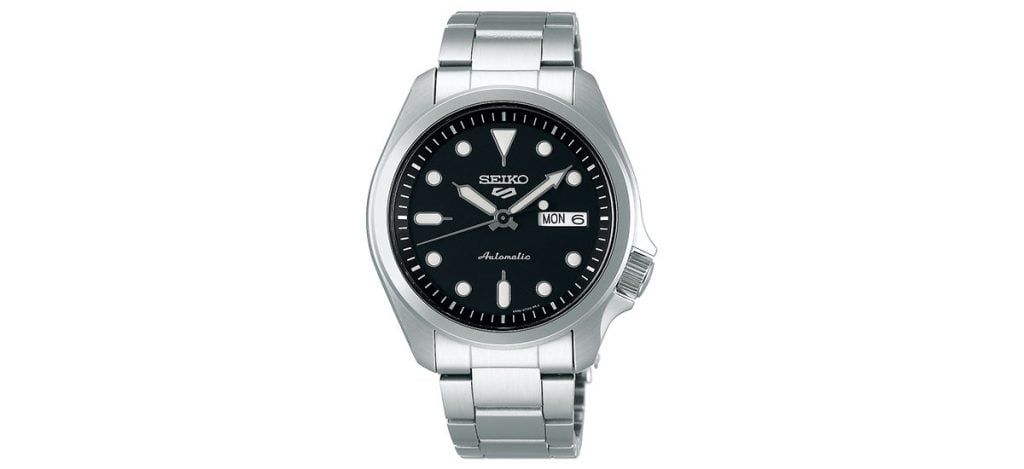
Released in 2019, the Seiko 5 Sports SRPE55 is presented in a sturdy 40mm stainless steel case. The black sunburst dial radiates with depth and is adorned with bold, luminescent hour markers and hands, ensuring readability in various lighting conditions.
Renowned for its reliability, the Seiko Caliber 4R36 offers a day-date complication at 3′ and a power reserve of approximately 40 hours. With a frequency of 21,600 VPH, the self-winding movement provides a smooth and precise ticking motion of the watch hands.
It is also equipped with Seiko’s Diashock system, which enhances shock resistance, making the movement more robust and resilient against external impacts.
Additionally, the Caliber 4R36 movement can also be manually wound using the crown, giving you the flexibility to keep the watch running even when it’s not being worn. The watch is secured to the wrist by a stainless steel bracelet with a deployant clasp and retails for US$295.
Longines Conquest (ref. L3.776.4.58.6)
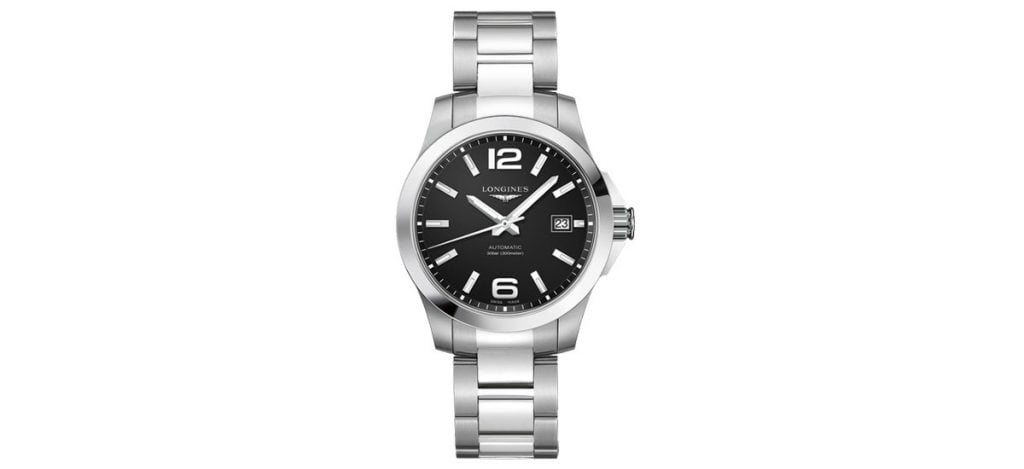
The Longines Conquest collection is an ode to those who embrace the unknown and dare to live life to the fullest. The Ref. L3.776.4.58.6 embodies Longines’ commitment to blending performance and elegance seamlessly. The watch features a stainless steel case with a diameter of 39 mm.
The black dial, protected by a sapphire crystal, showcases a sunray finish, which adds a subtle texture that interacts with light, creating captivating reflections. Underneath the hood, the Longines Caliber L619/888, an evolution of the ETA 2892-A2 base movement, provides a power reserve of 42 hours.
The automatic movement is aesthetically enhanced with custom rotor designs and Geneva stripes/perlage decoration. The Ref. L3.776.4.58.6 offers a significant water resistance level of 300 meters and retails for US$1,300.
Oris Aquis Date Caliber 400 (ref. 01 400 7769 4135-07 8 22 09 PEB
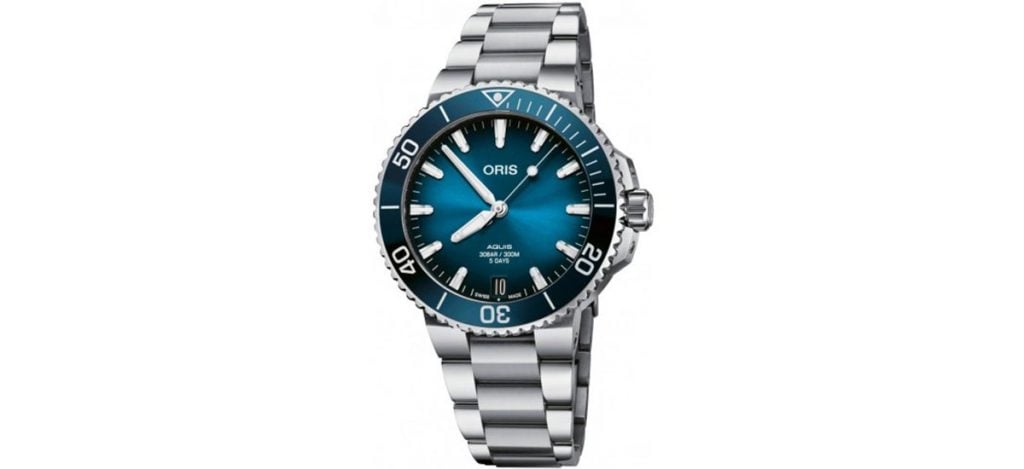
The Caliber 400 is a high-performance automatic movement developed by Oris and released in 2020. The groundbreaking, high-performance automatic movement features an impressive five-day (or 120-hour) power reserve with a 10-year warranty.
It is also engineered with advanced anti-magnetic components, allowing the movement to withstand magnetic fields that can adversely affect accuracy. This makes the Aquis Date a rugged and stylish diver’s watch.
With a water resistance of up to 300 meters, a unidirectional rotating bezel for measuring elapsed time, and a robust 41.5 mm stainless steel case, it’s well-equipped for underwater exploration.
The breathtaking dial is clean and legible, with luminous hands and markers and an instantaneous date window at 6 o’clock. The watch is worn on a multi-piece stainless steel metal bracelet and retails for approximately US$3,700.
Rolex Datejust 41 (ref. 126334-0030)
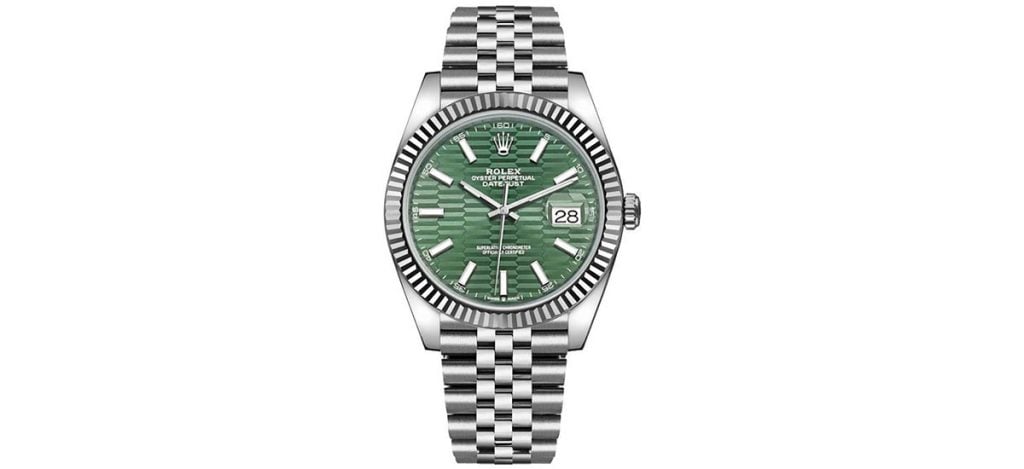
Transporting you to a realm where craftsmanship, heritage, and beauty converge is the Rolex Datejust 41 Ref. 126334-0030.
Coming in a 41 mm Oystersteel and white gold case, this watch exudes an air of timeless sophistication that is as captivating as a moonlit night. The mint green, fluted-motif dial is like a fleeting surreal moment captured in a photograph and is adorned with indexes of 18k white gold.
The Rolex Caliber 3235, with an impressive power reserve of 70 hours and an efficient Chronergy escapement, keeps the sleek hands sweeping across the dial with graceful precision.
The Superlative Chronometer-certified movement features 31 jewels and offers several enhancements over its predecessor, the Caliber 3135. The Ref. 126334-0030 is water resistant up to 100 meters and is worn on an Oystersteel bracelet. Expect to spend up to US$16,000 for a new piece.
Patek Philippe Nautilus (ref. 5811/1G-001)
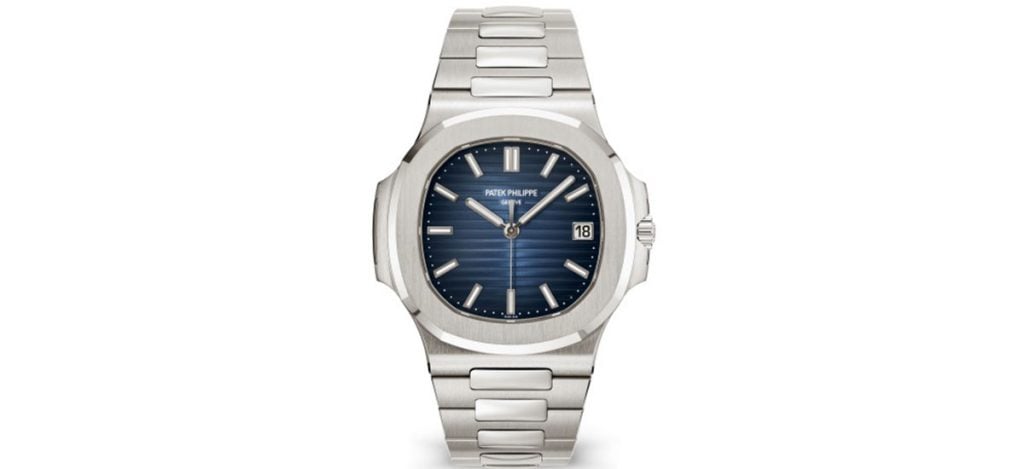
Introduced in 1976, the Nautilus is a highly coveted luxury sports watch created by one of the most prolific watch designers of all time, Gerald Genta. The collection is famous for its distinctive porthole-inspired case design and integrated bracelet.
The Ref. 5811/1G-001 is a piece of timeless elegance and contemporary artistry all in one. The watch features a 41 mm white gold case that evokes a feeling of serenity and prestige.
The dial, a canvas of intricate details, has a perfectly balanced design with gold-applied hour markers. Patek Philippe has a reputation for innovation and has created some of the most complicated and technically advanced watches in history.
The Caliber 26-330 S C powering the Ref. 5811/1G-001 is a highly decorated masterpiece with 212 Jewels and a 21K gold central rotor. It has a power reserve of approximately 45 hours. The Nautilus Ref. 5811/1G-001 is water-resistant to 120 meters and retails for US$69,790.
Notable Mechanical Watches
From affordable to luxury, here are some of the finest examples of mechanical watches in the market today.
Hamilton Khaki Field Mechanical (ref. H69439931)
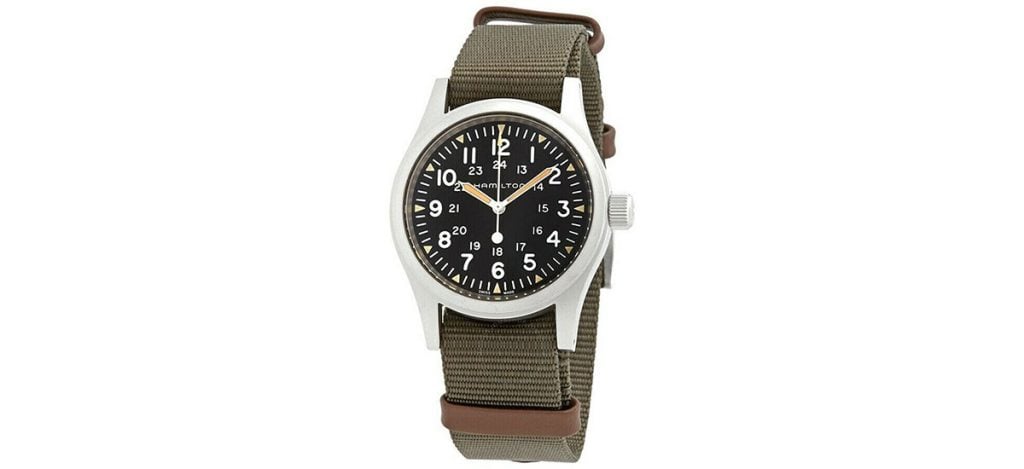
With its utilitarian design and mechanical hand-wound movement, the Khaki Field Mechanical pays homage to the brand’s history of producing reliable timepieces for soldiers during World War II.
The Réf. H69439931 comes in a sturdy 38mm matt stainless steel case with a highly legible dial and a durable NATO strap.
Explore the
Biggest Pre-Owned Collection of Luxury Watches
Developed in-house by Hamilton, the H-50 hand-wound movement offers an extended power reserve of up to 80 hours, surpassing many mechanical movements in its class.
The power reserve allows for longer periods between winding while maintaining accurate timekeeping.
Whether worn in the great outdoors or in everyday urban settings, the Khaki Field Mechanical embodies a classic, no-nonsense aesthetic that resonates with enthusiasts seeking both style and functionality. It retails for approximately US$600.
NOMOS Glashütte Club Campus 38 Blue (ref. 730)
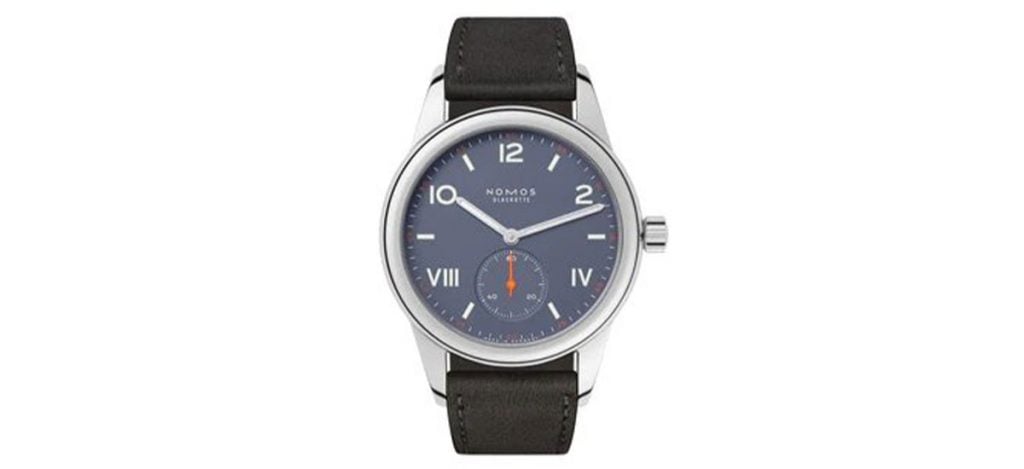
Designed and crafted by the esteemed German watchmaker NOMOS Glashütte, this watch captures the essence of the brand’s Bauhaus-inspired aesthetic, combining simplicity and functionality.
Whether as an entry point into mechanical watches or as a staple piece for casual and formal occasions, the Réf. 730 comes highly recommended. The watch features a robust, highly polished 38.5 mm steel case with a lug-to-lug of 48.9 mm and a height of 8.5 mm.
With its clean, minimalist design and vibrant color, the dial is highly legible with bold Arabic and Roman numerals.
Underneath the hood, the reliable NOMOS caliber Alpha offers a connection to the time-honored art of winding a mechanical watch by hand while providing a power reserve of 43 hours. It retails for US$1,650.
Grand Seiko Elegance SBGW231G
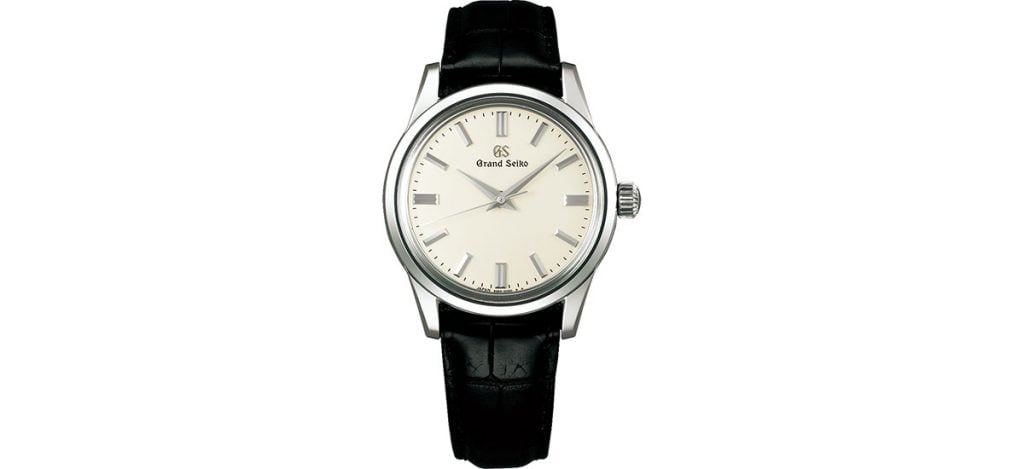
Renowned for its attention to detail and dedication to excellence, Grand Seiko’s Elegance line offers timepieces that seamlessly blend traditional Japanese aesthetics with cutting-edge watchmaking technology.
We have here a classic dress watch encased in 37.3mm stainless steel with meticulous Zaratsu polished. A box-shaped sapphire crystal protects the dial, and the watch is worn on a black crocodile leather strap.
The SBGW231G is powered by a high-quality mechanical movement, the Caliber 9S64, with 24 Jewels and a power reserve of 72 hours.
The see-through case back offers a glimpse of this hand-assembled and highly precise movement. You only need to wind it once every three days. It retails for US$4,300.
Omega Speedmaster Professional Moonwatch (ref. 310.30.42.50.01.001)
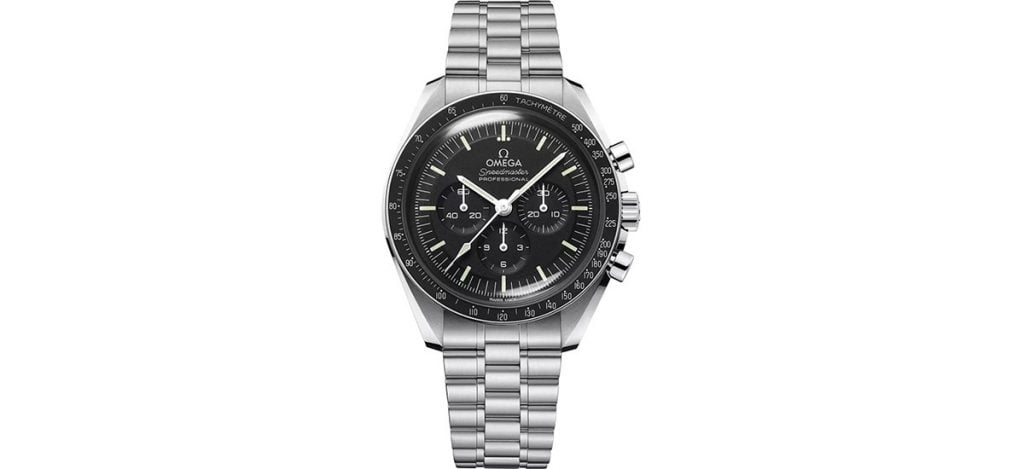
The Speedmaster Professional Moonwatch holds the distinction of being the first watch worn on the moon during the Apollo 11 mission in 1969. The Réf. 310.30.42.50.01.001 is presented in a 42 mm steel case and has a classic design with its black dial, tachymeter bezel, and distinctive chronograph subdials.
The watch is powered by the Caliber 3861, a certified Master Chronometer, ensuring high precision, magnetic resistance, and overall performance.
Equipped with the co-axial escapement, the movement is highly accurate, resistant to magnetic fields reaching 15,000 gauss, and offers a power reserve of 50 hours. The Moonwatch retails for approximately US$6,000.
A. Lange & Söhne Lange 1 (ref. 191.039)
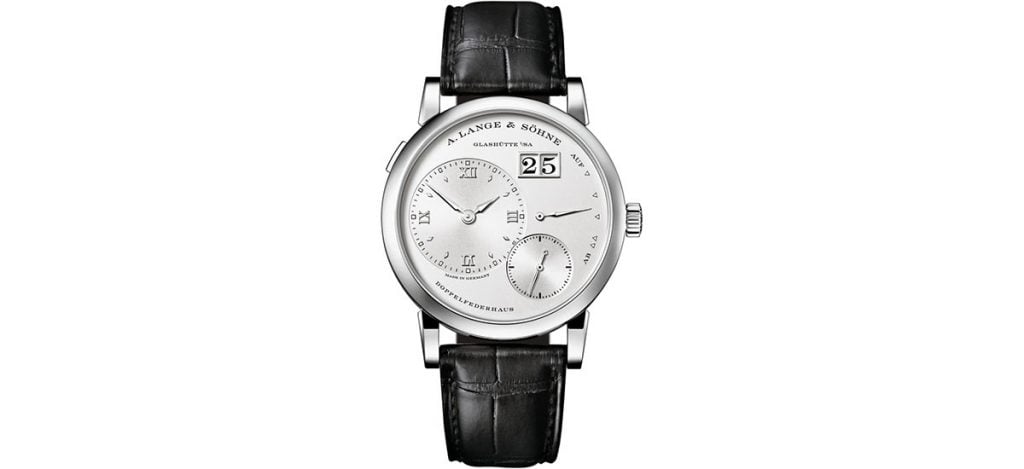
Launched in 1994, the A. Lange & Söhne Lange 1 collection encapsulates the essence of German watchmaking precision and craftsmanship. The Ref. 191.039, like other watches in this model, features a distinctive asymmetric dial layout, a large date display, and off-centered timekeeping subdials.
Presented in a 38.5 mm 18-carat white gold case, this watch is only 9.8mm thick and reveals the almighty Caliber L121.1 via the sapphire glass case back.
Known for its intricate design, high level of finishing, and precision, the Caliber L121.1 features 438 parts. It has a power reserve of 72 hours and is fitted with 43 Jewels. Expect to spend around US$37,000 for a new piece.
Conclusion
At the end of it all, the best watch for you is the one that connects not just with your wrist but with your heart and soul. Whether you find beauty in the meticulously hand-wound gears or the seamless motion of an automatic rotor, the choice is a deeply personal one.
Just as every tick of a mechanical movement resonates with tradition and artistry, every self-winding revolution of an automatic watch echoes with modern ingenuity.
About Exquisite Timepieces
Established in 1998, Exquisite Timepieces is your one-stop shop for all things luxury watches! We are an authorized dealer for 60+ luxury watch brands including Omega, Hublot, Seiko, & Longines! We are proud to showcase one of the world’s largest pre-owned watch collections, including renowned brands like Rolex and Patek Philippe. Check out our brand new watch arrivals here and popular pre-owned listings here.


